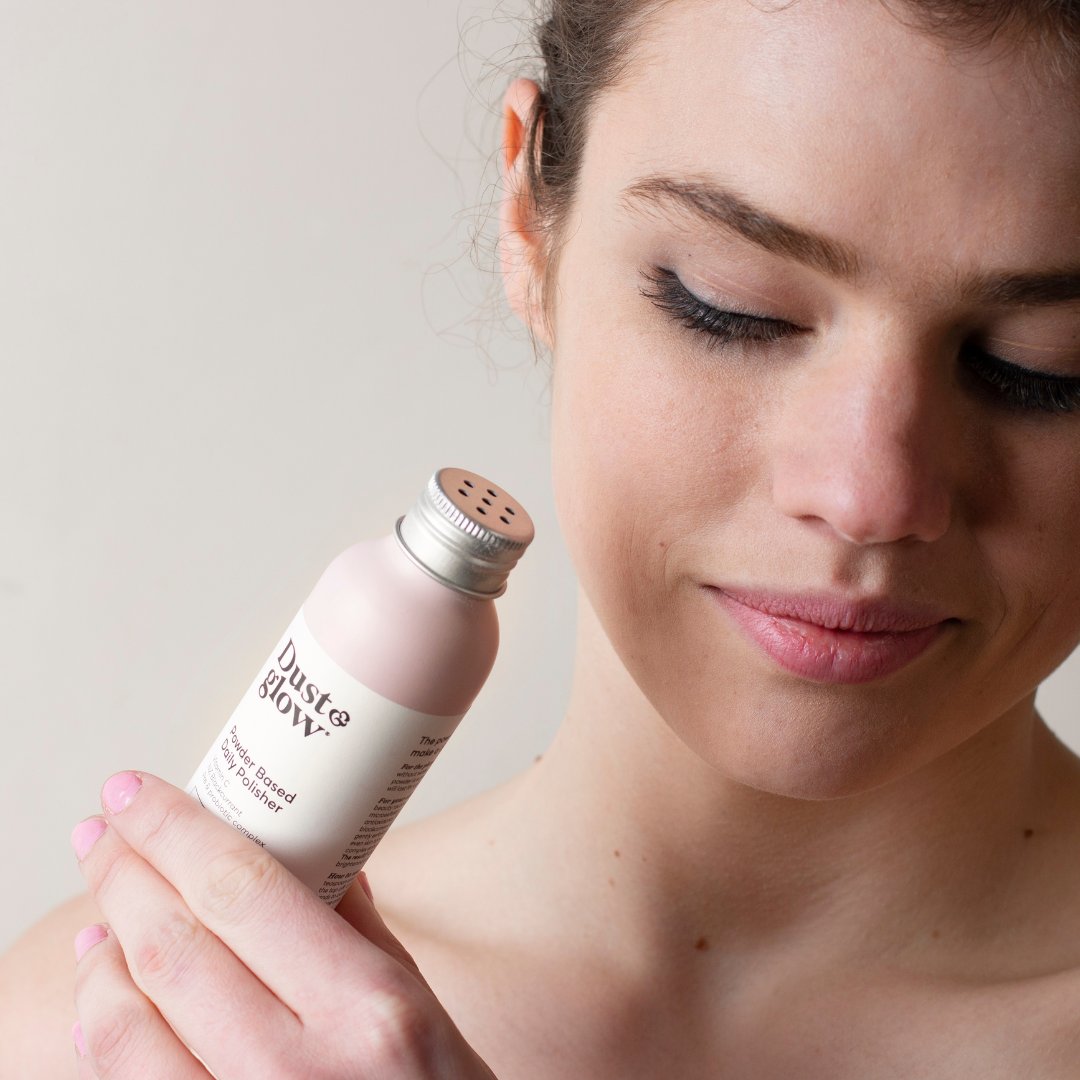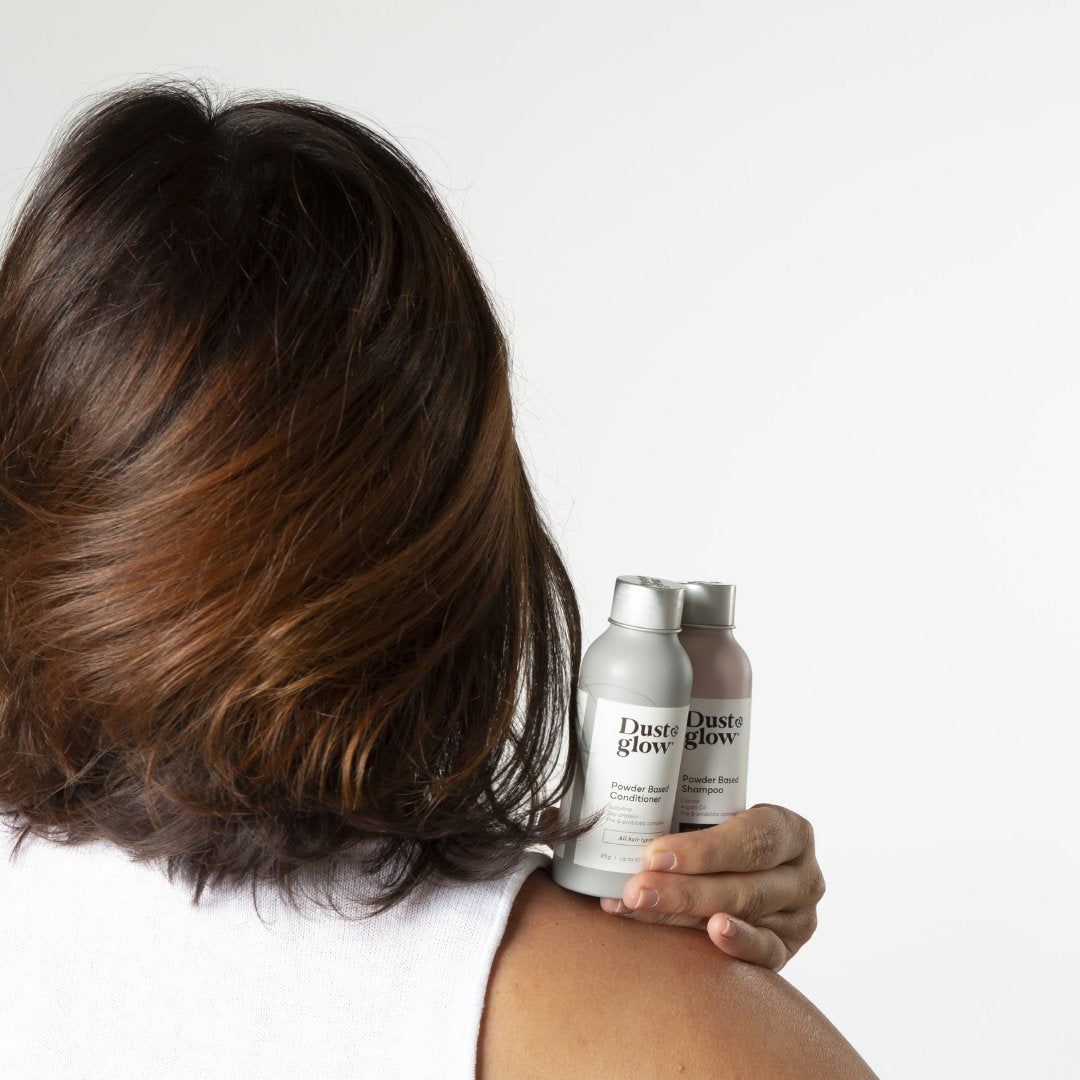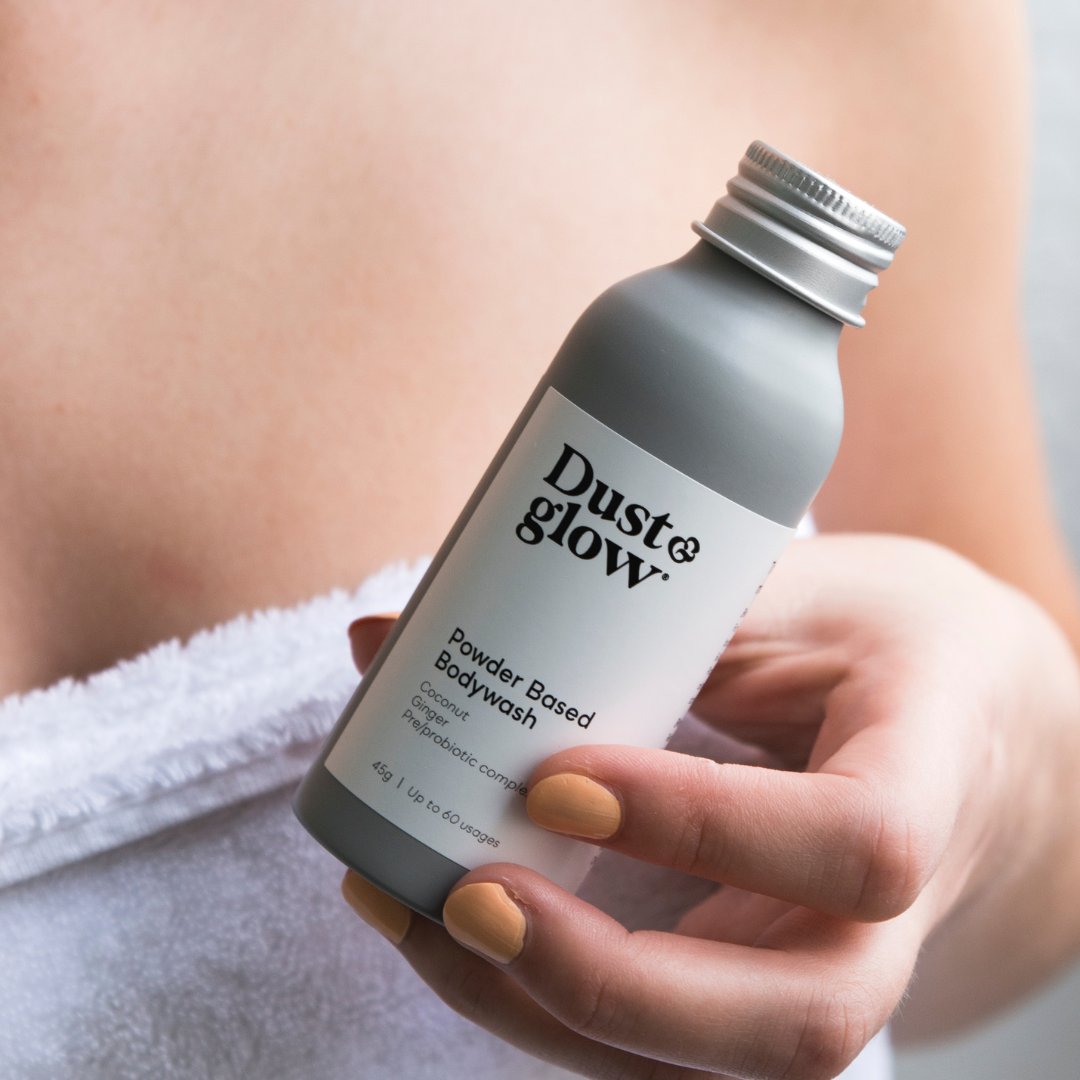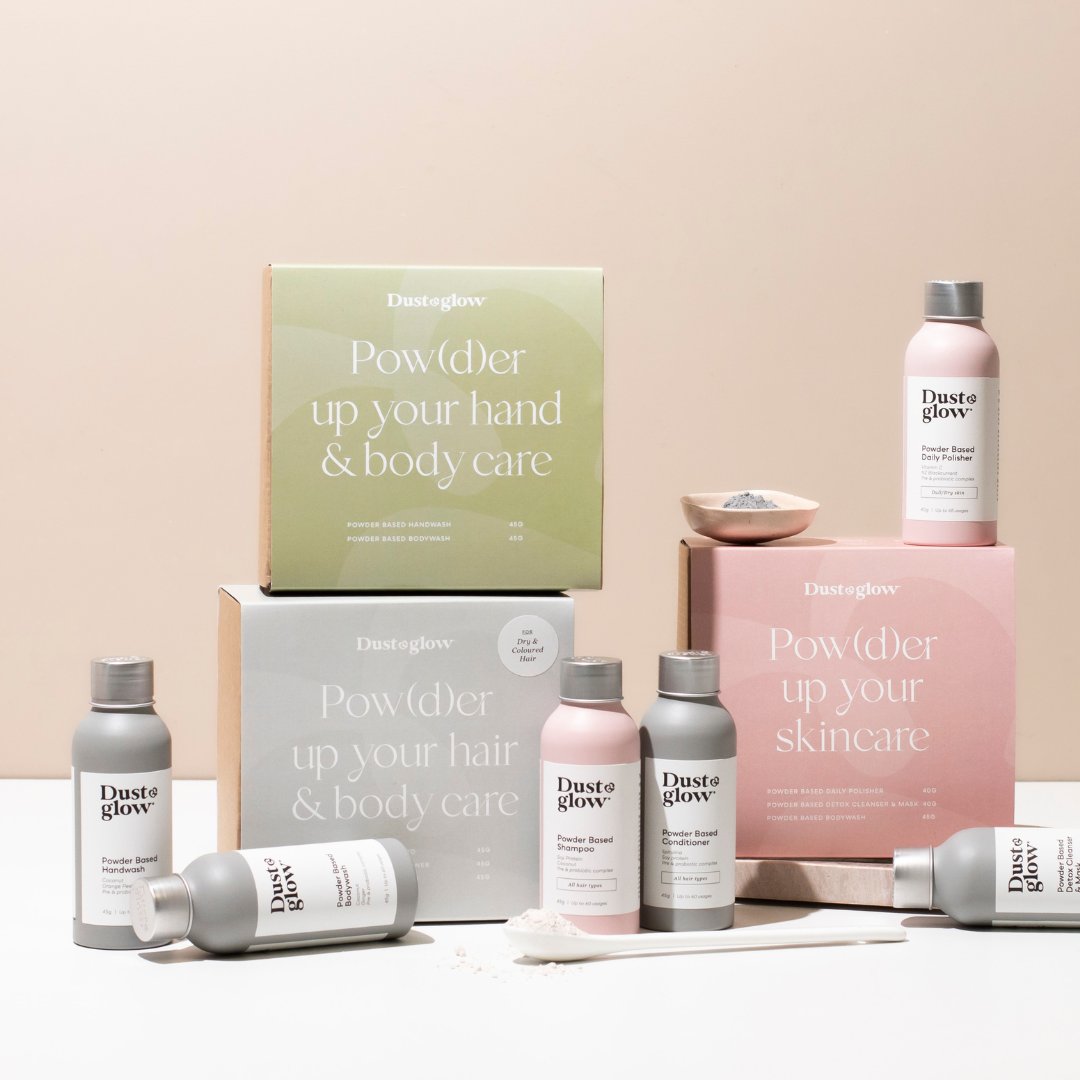
The future of Beauty is WATERLESS
Global Water crisis – Water is life
The scary facts:
- By 2025, an estimated 1.8 billion people will live in areas plagued by water scarcity, with two-thirds of the world’s population living in water-stressed regions.
- 785 million people in the world live without clean water.
- That’s nearly 1 in 10 people worldwide. Or, twice the population of the United States.
- The majority live in isolated rural areas and spend hours every day walking to collect water for their family.
- More than one-third of Africa’s population lacks access to safe drinking water.
Water scarcity can mean scarcity in availability due to physical shortage, or scarcity in access due to the failure of institutions to ensure a regular supply or due to a lack of adequate infrastructure. Water scarcity already affects every continent. Water use has been growing globally at more than twice the rate of population increase in the last century, and an increasing number of regions are reaching the limit at which water services can be sustainably delivered, especially in arid regions.
We all know water is a commodity we take for granted, but when water shortages hit, we realise how essential it is to our daily life.
How much water do we really need?
We need to drink two to five litres of water per day to survive, depending on the climate and our level of activity. But not everyone has the water they need.
- 50 litres - It takes a recommended 50 litres per day to meet one person’s basic water needs.
- 95 litres - Half the world’s population uses 95 litres per person per day.
- More than 200 litres - People in industrial countries like New Zealand use more than 200 litres per person per day.
- Less than 10 litres - People in water-stressed countries like Niger use less than 10 litres per person per day.
In New Zealand, the average person uses 227 litres of water per day:
- Toilet = 86 litres per day
- Bathing and hygiene = 68 litres per day
- Laundry = 36 litres per day
- Kitchen = 32 litres per day
- Housekeeping = 5 litres per day
- More than 70% of this water is used in the bathroom. More than 20% is used in the kitchen and laundry.
Water waste in the beauty industry
The Eco footprint of the beauty industry is big! Not only is pouring artificial ingredients down the drain harmful for our environment – so are the gazillions of plastic containers used to store them.
Did you know that traditional beauty cleansing products contain 80-95 per cent water (Shampoos can be up 90% water, Micellar water or mist sprays can be up to 99% water…crazy!) and we often have to add more water when using them. Water is commonly being used as a '' cheap filler'' in most beauty products.

This means the 'active' ingredients are diluted, and since water can easily grow bacteria, there is a need to add chemical preservatives.
That is a lot of water being shipped around the world and stored unnecessarily when water is life! But what if there was a product that removed the water from its formulation, allowing you to add it yourself from the tap?
Not only this is wasted water, but it also has a massive impact on packaging and carbon footprint. Formulations heavy in water are typically stored in plastic or glass. Typically, it takes twice the volume of plastic container in water, to manufacture that bottle.
What is waterless beauty?
Waterless beauty (or anhydrous beauty) = beauty and personal care products that don’t contain water,
The benefits of waterless beauty include:
- It saves water! We can't stress to you enough that we should all be adopting a more sustainable beauty routine. Reducing your water consumption through your products is a great place to start.
- It's better for your skin: Although a splash of water may feel refreshing and moisten the skin temporarily, in the long run it can dry it out.
- Less packaging, therefore reduced carbon footprint
- Greater formula potency
- Extended product lifespan
- Less preservatives required as water = bacteria
- Travel-friendly
- And more important of all, it really works!
The Power of the powder – A new form of waterless beauty
The concept of ‘waterless beauty’ originally started in South Korea, gaining traction in the west in 2015. Waterless beauty can come in a variety of forms , the most commonly knows being in a solid form (bars).
At Dust & Glow we are pioneering beauty in a innovative powder form. It is Beauty & personal care re-imagined. We worked with a team of leading green chemistry scientists to develop the our unique range of powder based haircare & skincare. Every single formulation had to be re-engineered to only keep the essential. Finding the balance between product sensoriality, efficacy, safety & results wasn't an easy task ( it took 18 months of R&D and 2 different labs to be exact) !
By completely removing the water from our formulas, we've also removed the need for chemical preservatives (water attracts bacteria) - creating cutting edge formulas that are ultra clean, 100% naturally-derived, genuinely sustainable and leave your hair & skin happy and healthy.

We have aligned with the UN Sustainable Goals (Goal 6: Clean water and sanitisation, goal 14: Life below water and goal 12: responsible consumption and production) to achieve a better and more sustainable future for all. With every purchase, Dust & Glow also donates 1% of sales to help bring clean water access to people in need.
The range is waterless, vegan, naturally- derived, cruelty-free, NZ made & low waste, Formulations are free from irritating surfactants, sulphates, silicones, animal actives, preservatives, allergens & fragrances.

Discover our innovative range of Clean, Waterless, Cruelty-free, Natural powders that really work here:




